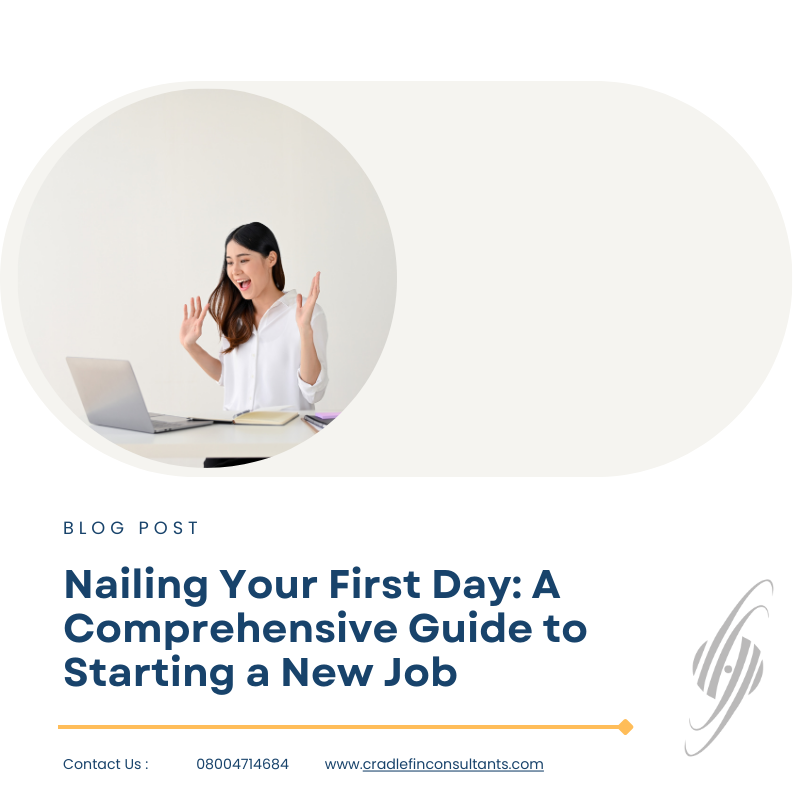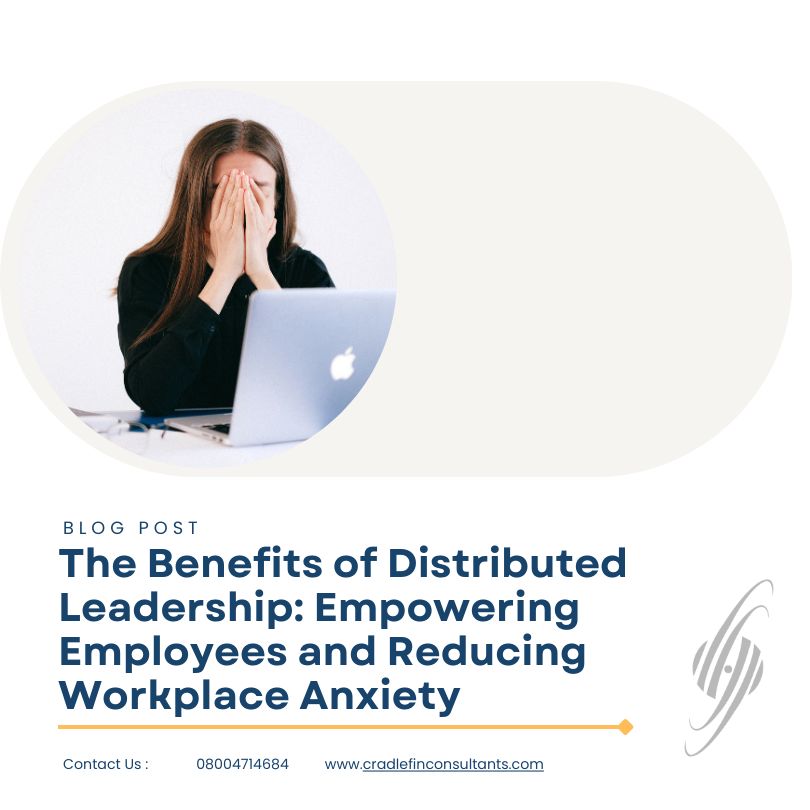Navigating silent racism in the workplace can be a challenging and often overlooked aspect of professional life. Despite progress in diversity and inclusion efforts, subtle acts of racism, known as microaggressions, continue to persist in many work environments. Recognising and addressing these covert forms of discrimination is essential for creating a more inclusive and equitable workplace for all employees. In this article, we will explore strategies for identifying and combating microaggressions, building support networks, navigating implicit bias, and promoting a culture of inclusivity and diversity in professional settings.
Recognising Microaggressions in the Workplace
Understanding Different Forms of Microaggressions: Microaggressions are like pesky little mosquitos buzzing around the office, constantly annoying but easily overlooked. These subtle, often unintentional, remarks or actions can pack a punch and contribute to a toxic work environment.
Examples of Microaggressions in a Professional Setting
Ever been mistaken for the intern when you’re clearly the boss? Or had your expertise questioned based on your appearance? These are just a couple of examples of microaggressions that can rear their ugly heads in the workplace.
Strategies for Addressing Subtle Acts of Racism
Effective Communication Techniques: When faced with a microaggression, channel your inner superhero and address the issue head-on. Use clear and assertive communication to make it known that such behaviour is not acceptable.
Setting Boundaries and Asserting Yourself
Don’t be afraid to draw the line when it comes to microaggressions. Setting boundaries and asserting yourself sends a clear message that you won’t tolerate any form of silent racism.
Building a Support Network for Dealing with Silent Racism
Seeking Guidance from Mentors or Allies: Sometimes you need a trusty sidekick to help navigate the treacherous waters of silent racism. Seek guidance from mentors or allies who can offer support and advice when you’re faced with microaggressions.
Participating in Employee Resource Groups
Joining forces with like-minded individuals in employee resource groups can provide a strong support network. Together, you can band against silent racism and create a more inclusive workplace.
Navigating Implicit Bias in Professional Settings
Educating Colleagues on Implicit Bias: Just like that one colleague who always forgets to use their inside voice, some people may not even realise they have implicit biases. Take the opportunity to educate colleagues on these biases and raise awareness.
Challenging Biased Assumptions and Stereotypes
Break out your metaphorical magnifying glass and Sherlock Holmes hat to challenge biased assumptions and stereotypes when they arise. By questioning these beliefs, you can help dismantle the barriers of silent racism in the workplace.
Promoting Inclusivity and Diversity in the Workplace
In a world where we all bring unique perspectives and experiences to the table, creating an inclusive workplace is crucial. Embracing diversity not only enriches our work environment but also drives innovation and success. By championing inclusivity, we can tap into a wealth of diverse talent and ideas that bring new dimensions to our work.
Advocating for Diversity Initiatives
Advocating for diversity initiatives is more than just a cheque-the-box exercise; it’s about actively supporting and championing programmes that promote diversity and inclusion. Whether it’s advocating for diverse hiring practises, mentorship programmes for underrepresented groups, or creating safe spaces for open dialogue, we all play a role in driving positive change in our workplaces.
Fostering a Culture of Belonging and Equity
Creating a culture of belonging and equity means ensuring that every individual feels valued, respected, and included. It’s about going beyond surface-level diversity to truly understanding and addressing the unique challenges and barriers that different individuals face. By fostering a culture where everyone feels they belong and have equal opportunities, we can create a workplace where everyone can thrive.
In conclusion, by raising awareness, fostering open dialogue, and implementing proactive measures, individuals and organisations can work towards creating a workplace that is truly inclusive and free from silent racism. It is through collective effort and a commitment to continuous learning and growth that we can build a more equitable and respectful work environment for all. Embracing diversity and actively challenging discrimination in all its forms will not only benefit employees but also contribute to a more positive and productive workplace for everyone.
Frequently Asked Questions
1. What are some common examples of microaggressions in the workplace?
Some common examples of microaggressions in the workplace include:
- Making assumptions about someone’s abilities based on their race, gender, or other characteristics
- Dismissing someone’s ideas or contributions without valid reasons
- Using language or jokes that marginalise a particular group
- Interrupting or talking over someone from a minority group
- Excluding certain individuals from social activities or opportunities for advancement based on bias
2. How can I address microaggressions without causing conflict or tension with my colleagues?
To address microaggressions without causing conflict or tension with colleagues, one can:
- Address the behaviour privately and respectfully, focusing on the impact rather than intent
- Seek support from HR or a supervisor if needed
- Promote education and awareness about microaggressions through training and workshops
- Encourage open dialogue and create a safe space for discussion
3. Why is it important for organisations to prioritise diversity and inclusivity in the workplace?
Prioritising diversity and inclusivity in the workplace is important because:
- It fosters a more innovative and creative environment by bringing together a variety of perspectives and experiences
- It improves employee engagement and morale, leading to higher retention rates and productivity
- It enhances reputation and appeal, attracting top talent and broadening customer base
- It contributes to a more positive work culture and reduces instances of discrimination and bias
4. What can individuals do to support colleagues who may be experiencing silent racism at work?
Individuals can support colleagues experiencing silent racism at work by:
- Listening actively and empathetically to their experiences
- Offering to help confront the issue together if they feel comfortable
- Advocating for inclusive policies and practises within the organisation
- Providing ongoing support and checking in regularly
- Educating oneself about systemic racism and being an ally in standing up against discrimination






